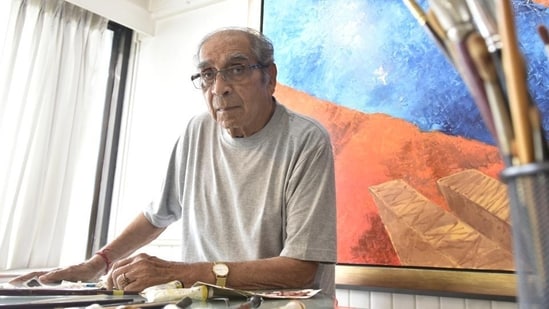The recent controversy surrounding Mumbai Customs’ seizure of a shipment of art pieces, labeling them as obscene, highlights the ongoing struggle between artistic expression and societal norms. In a world where art often challenges boundaries, the Customs department’s actions reveal a profound misunderstanding of both the artistic intent and the cultural context in which these works exist.

Source:- bbc news
Art, by its very nature, often provokes thought and elicits strong emotions. The pieces in question, which included provocative themes and imagery, were intended to spark dialogue rather than shock for shock’s sake. Labeling such works as obscene not only undermines the artists’ intentions but also stifles creativity and expression. The definitions of obscenity are often subjective, influenced by cultural, moral, and personal perspectives. By taking a rigid stance, the Customs department risks alienating contemporary artists and audiences who rely on art as a means of exploring complex societal issues.
Source:- news 18
Furthermore, the hypocrisy in this situation is palpable. While the Customs authorities claim to uphold societal values, they simultaneously ignore the rich tradition of bold and challenging art that has flourished throughout history. Many acclaimed artists, both local and international, have created works that push boundaries and confront uncomfortable truths. The Customs’ actions reflect a selective application of moral standards, where some artistic expressions are deemed acceptable while others are not.
This incident serves as a reminder of the need for an open-minded approach to art, one that respects the diversity of expression and fosters an environment where creativity can thrive. Instead of stifling artistic expression, authorities should engage in constructive dialogue, ensuring that art can continue to challenge, inspire, and provoke thought without fear of censorship.
Share your views in the comments

